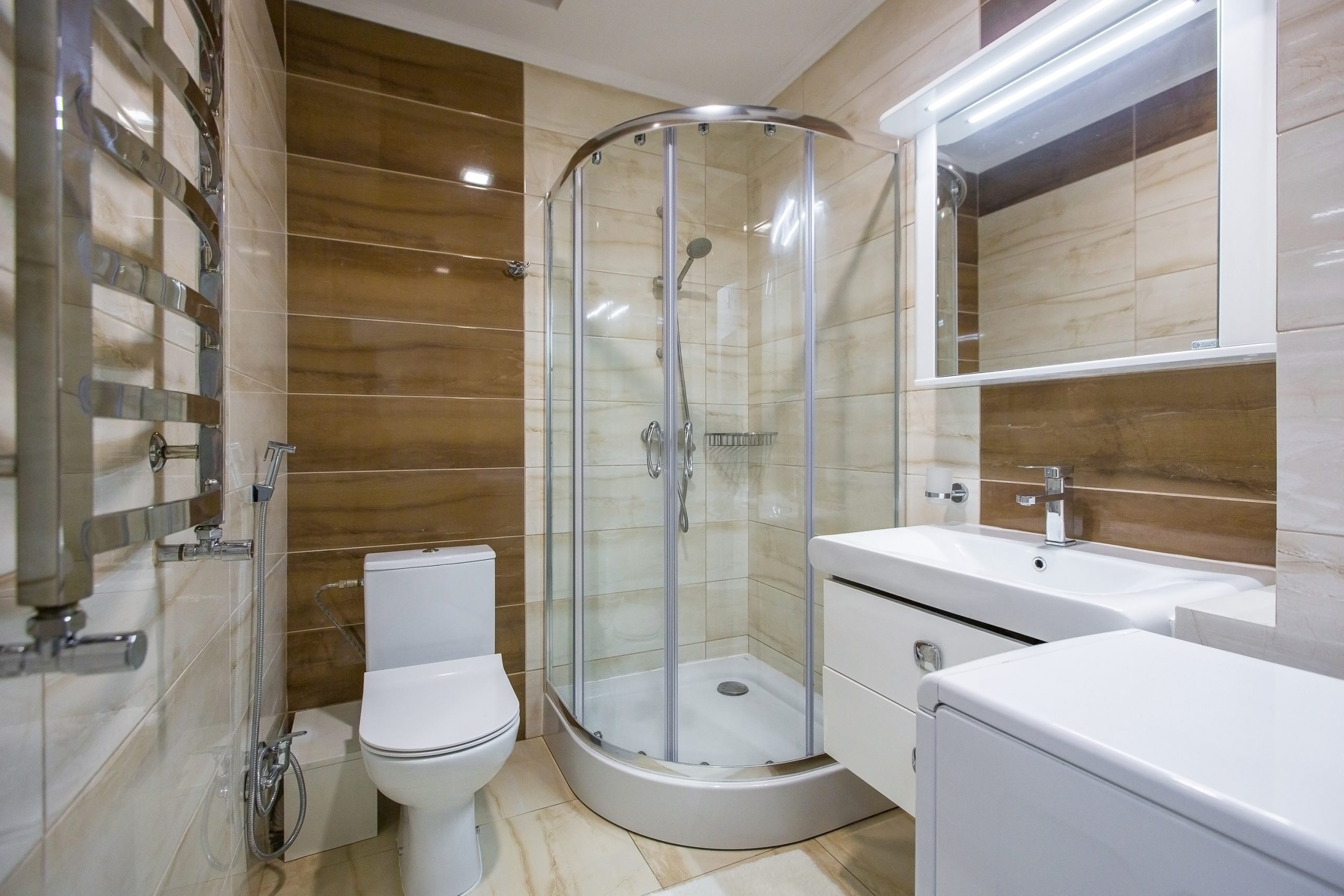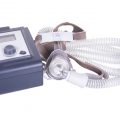Tub to shower conversion is a great way to update the look of your bathroom. It’s also an affordable and easy way to make your home more accessible for those who have difficulty using a traditional bathtub. But before you get started, there are some important things you need to keep in mind. Let’s break down some tips for making sure the conversion process goes as smoothly as possible.
Measure Twice, Cut Once
Before making any changes, it’s important to measure the area twice and make sure that all of your measurements are accurate. This is particularly true if you plan on installing new fixtures or hardware, such as shower doors, curtains, or rods. Taking careful measurements also ensures that everything will fit properly when it’s time for installation. Additionally, make sure that you measure the height of your walls so that you can choose appropriately sized fixtures that won’t be too low or too high.
Choose Your Shower Base Wisely
The most important part of converting a tub into a shower is choosing the right base. You want something that fits in with the style and size of your bathroom, so take precise measurements before you shop around. There are many materials available for shower bases, including acrylic, fiberglass, and stone. Consider both looks and budget when making this decision; it’s usually best to go with something durable that won’t break the bank.
Preparation
Once you have taken accurate measurements and designed your shower layout, it’s time to start preparing for installation. First, make sure all pipes are sealed off by turning off the water supply and draining out any remaining water from the taps. Next, remove any existing fixtures, such as faucets or shower curtains, from the tub and begin clearing away any debris or dirt that has accumulated over time. Lastly, cover up any exposed pipes with insulation tape.
Install Proper Drainage System
Once you’ve determined that you have enough room for the new shower, you’ll need to install proper drainage systems for it. This includes setting up a drain pan and connecting it to existing plumbing lines. Additionally, if necessary, you may need to cut out part of the flooring in order to properly connect all of the pipes and drains needed for your new shower. Make sure that everything is connected correctly before continuing with any other steps.
Choose Durable Materials
When it comes to selecting materials, durability should be top of mind. You don’t want materials that will deteriorate quickly due to everyday wear and tear from showering or steam exposure from hot showers. Choose materials such as ceramic tile, which is both durable and easy to clean, or natural stone, like marble or granite, which requires less maintenance than other materials and can still stand up against water and moisture damage over time.
Waterproofing & Drain Installation
Before beginning any work on your tub, it’s important to waterproof both the walls and floors of your bathroom. This will help prevent water damage as well as mold growth. Once you’ve completed this step, you can move on to installing the drainpipe and connecting it to your existing plumbing system. Make sure that all connections are secure before proceeding with any further work.
Install an Enclosure
The next step is installing an enclosure around your new shower area. This will help contain moisture and keep water from getting everywhere else in your bathroom. Depending on what type of enclosure you choose (curtain, glass door, etc.), you may also need additional hardware, such as hinges or handles. Make sure to buy these supplies before beginning installation so that everything fits together properly when it comes time for assembly.
Fixture Installation & Finishing Touches
Once you’ve got everything hooked up, it’s time to install the fixtures, such as faucets and showerheads. Be sure to follow all directions carefully when installing these items; improper installation can lead to leaks or other problems down the road. After this step is complete, you can finish off by adding finishing touches, such as tiling or grout around the edges of your new shower unit.
Consider Adding Extras Like Shelving or Seating
Consider adding extras like shelves or seating areas if space allows it. Shelves are great for stashing extra towels or toiletries, while seating adds an extra touch of luxury that will make your new shower feel like an oasis away from everyday stressors. If you plan on adding seating, think about opting for non-slip tiles and grab bars near the seat for added safety and convenience.
Consult a Professional Plumber
It’s always best practice to consult a professional plumber when doing any type of plumbing work in your home. While there are plenty of tutorials online about how to do this type of job yourself, it’s often best left up to an expert who knows exactly what needs to be done for a successful result. A plumber can help ensure that all pipes are connected properly and provide advice on additional fixtures or hardware that may be necessary for optimal results. Plus, they can also answer any questions you may have during the process.
Converting your tub into a shower is an easy way to upgrade your bathroom while also making it more accessible for those who may have difficulty using a traditional bathtub setup. Before beginning the project, remember these three tips: measure twice and cut once; choose durable materials; and consult a professional plumber if needed—these steps will help ensure that the project runs smoothly without any hiccups along the way! With this advice in mind, you’ll have no trouble converting your tub into a shower in no time at all!






























No Comments
Leave a comment Cancel